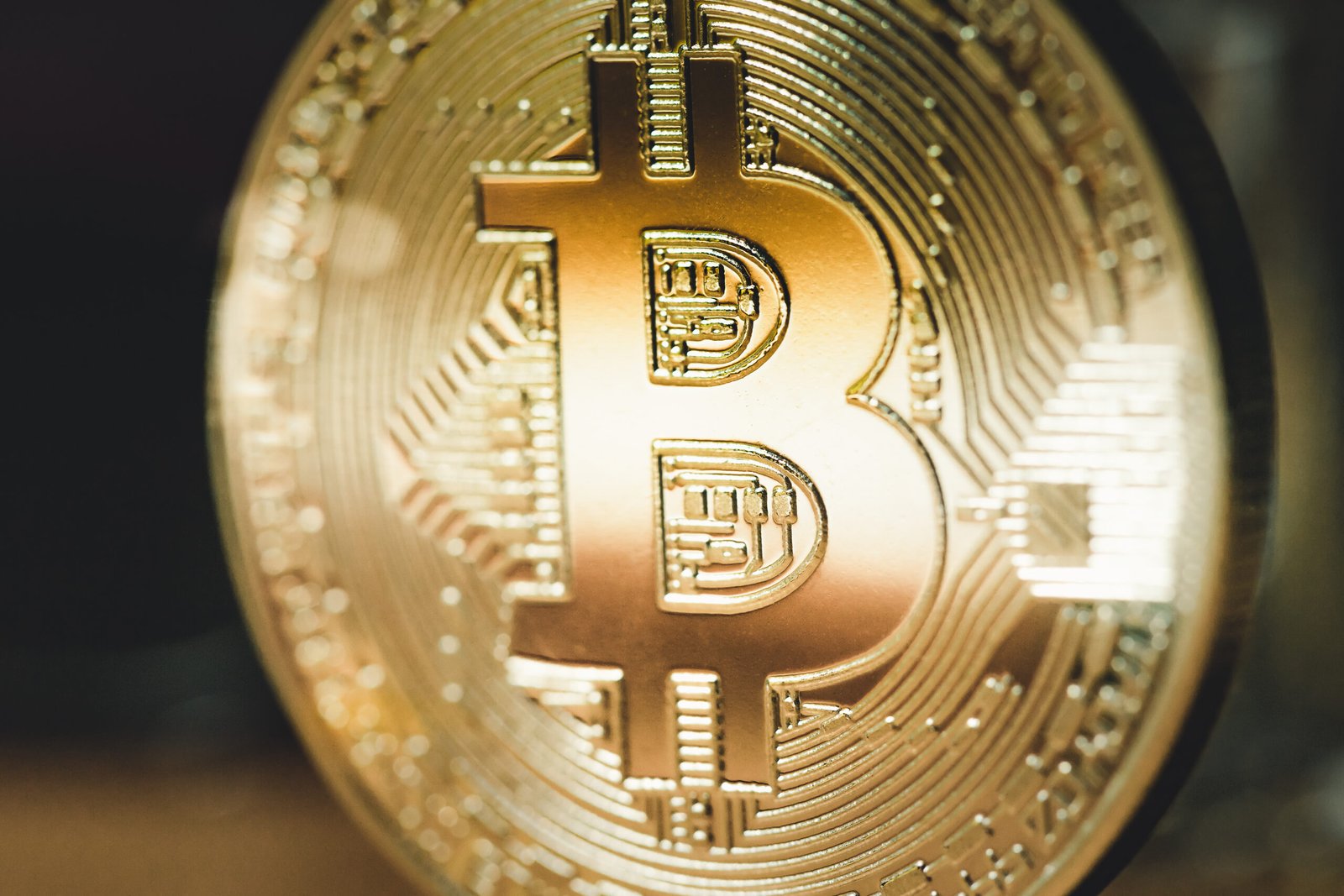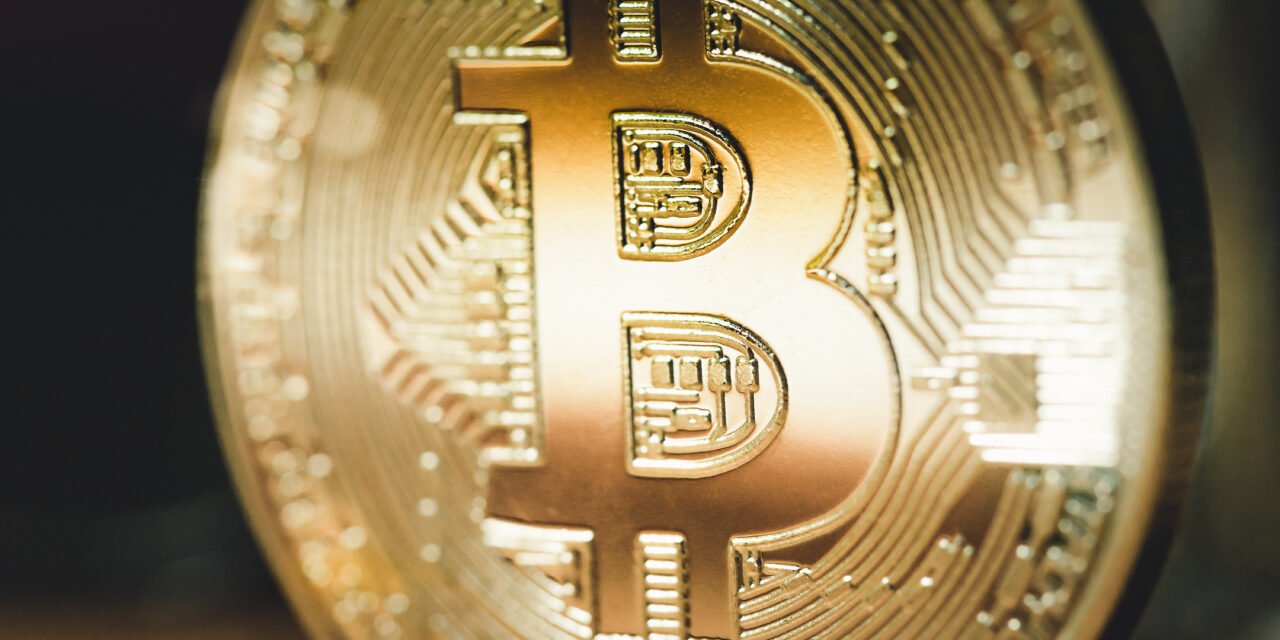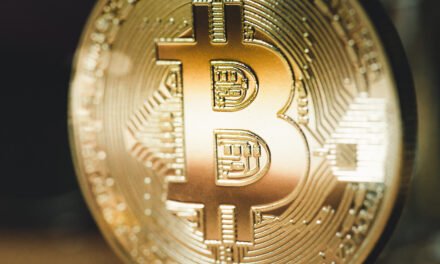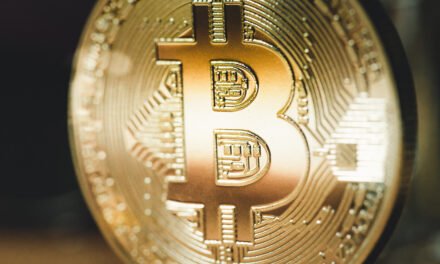The rise of cryptocurrency has brought about many changes in the financial world – one such change is stablecoins. These digital assets aim to bridge gaps between traditional fiat currencies and their virtual counterparts by providing stability through various methods like backing with real-world assets or algorithms that regulate supply/demand fluctuations. As a beginner exploring this complex landscape, understanding how these coins function within it all can be daunting; however we’re here to help! Join us on our journey as we explain everything you need know about stablecoins from A to Z.
*Stablecoins: A Guide to Understanding Them and How They Operate**
Stablecoins are cryptocurrencies that have been designed with the aim of maintaining a stable value by tying them to an underlying asset. This could be anything from traditional currencies like US dollars or euros to commodities such as gold. Unlike Bitcoin and Ethereum which can experience extreme price fluctuations, stablecoins offer stability making them attractive options for traders and investors who want to navigate volatility in their transactions. With this feature they provide peace of mind while also allowing users access into new markets previously unavailable due to lack of liquidity or regulation concerns.
Stablecoins are often backed by collateralization, which involves holding reserves that support each coin issued. When you acquire a stablecoin what you’re essentially buying is an electronic representation of this reserve. The guarantee is that for every unit circulating there exists equivalent value stored elsewhere. This mechanism ensures stability and trust in the system while allowing users to benefit from its flexibility and convenience.

*Types of Stablecoins: Fiat-Backed, Crypto-Backed, and Algorithmic**
Stablecoins can be classified into three primary types:
Fiat-backed stablecoins are directly pegged to fiat currencies and hold reserves in bank accounts. Examples include Tether (USDT) and USD Coin (USDC). Their value remains close to $1 because they have actual dollars held as a reserve. These types of cryptocurrencies offer stability for investors who want their digital assets tied to traditional currency values.
In contrast to traditional stablecoins that rely on fiat currency for stability crypto backed coins use other cryptocurrencies as collateral. To mitigate volatility risks associated with these markets overcollaterization is often utilized by issuers like DAI which uses Ethereum as its foundation. This unique approach offers a new way of securing value while still benefiting from the potential upside offered by digital assets.
Algorithmic Stablecoins are a unique type of cryptocurrency that use smart contracts and algorithms to regulate supply based on fluctuations in demand. By expanding or shrinking circulation as needed without relying on physical reserves these coins offer an innovative approach to managing currency value stability. One example is TerraUSD (UST) before its collapse in 2022. With this technology at play there may be exciting developments ahead for the world of digital currencies!
*Stablecoins in Cryptocurrency Trading – Pros and Cons**
Integrating stablecoins into your trading strategy offers numerous benefits. One key advantage is their ability to provide liquidity; users can easily enter or exit positions without constantly converting back into fiat currencies. Additionally these coins enable lending platforms where investors may earn interest while still maintaining relative stability against market volatility. With so many advantages its no wonder why more and more people are turning towards this approach for their financial needs!
While cryptocurrency pegs offer stability they are not without their challenges. Regulatory bodies have increased scrutiny on how these coins maintain their values – especially after some failed dramatically during market downturns. Additionally if algorithmic models aren’t managed properly there could be unexpected consequences that destabilize the intended value of such currencies.
*Stablecoins – Buying and Storing Safely**
Acquiring stablecoins is a straightforward process that can be completed through most cryptocurrency exchanges. These platforms allow users to purchase these digital assets using either other crypto or fiat currency transfers via bank accounts and credit cards. Popular names like Binance and Coinbase make it easy for newcomers to get started with this type of investment.
To safeguard against cyber threats and hacks its imperative to prioritize storage solutions. Hardware wallets offer enhanced security compared to exchange wallets which are often targeted by malicious actors. Investing in a hardware wallet is an effective way of protecting your assets from harm.
*Stablecoins – The Future and Innovations to Look Out For**
Stablecoins have become increasingly popular in recent years and their future is promising. As we look ahead several trends emerge worth noting – particularly regarding regulation and adoption within mainstream finance sectors such as banking systems enabling better cross border transactions with lower fees than traditional methods. These developments could revolutionize the way people conduct business globally.
The rise of decentralized finance (DeFi) applications utilizing stablecoin functionality is set to continue. Expect more projects aimed at enhancing transparency surrounding auditing reserves while bolstering public trust in these digital financial instruments.
The world of stablecoins may seem overwhelming at first glance but understanding their mechanics provides clarity amidst chaos. By doing so you can find stability within this exciting realm!







